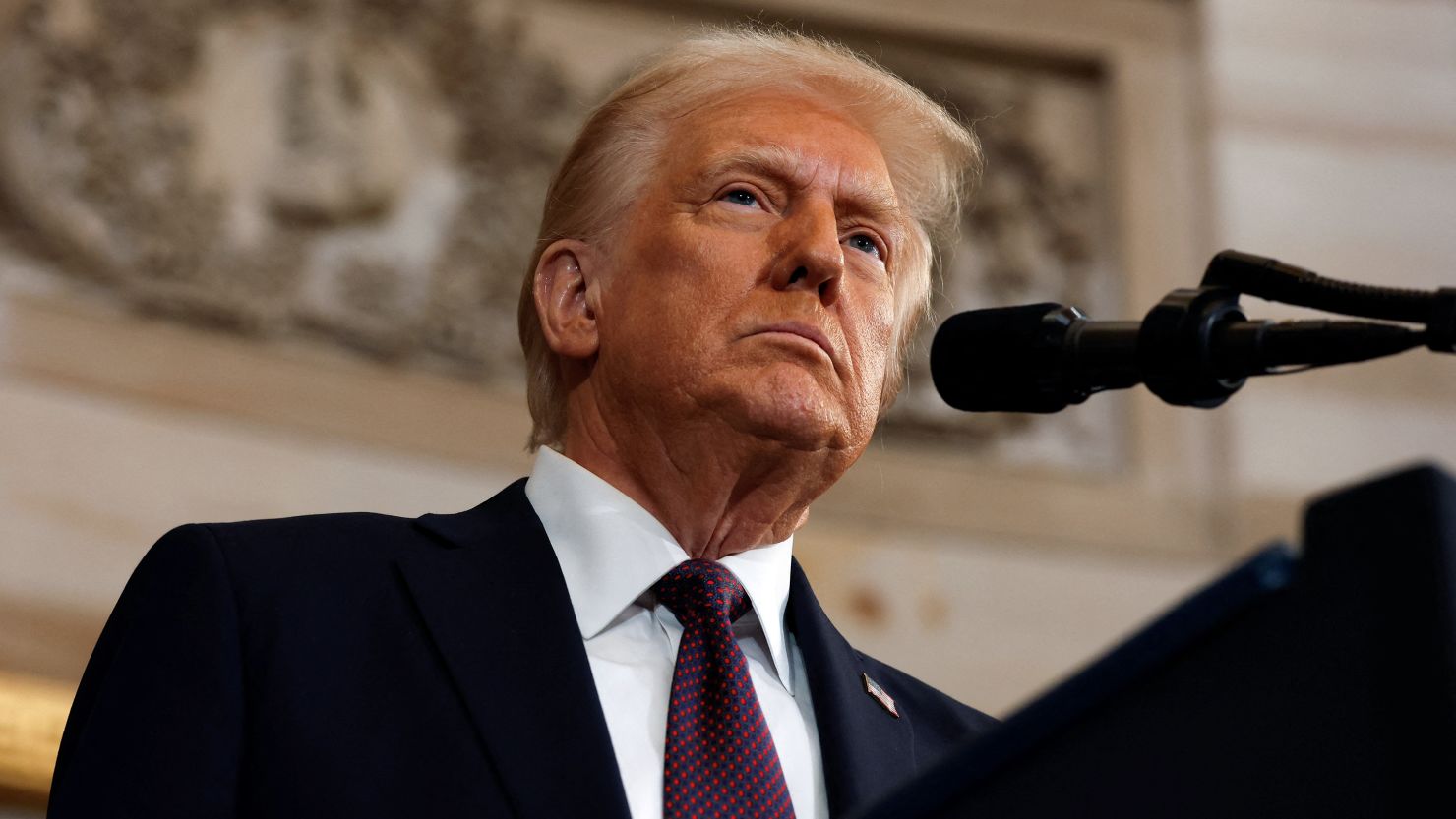In the high-stakes world of international trade, President Donald Trump’s tariff threats have become a recurring theme. However, Wall Street appears to be growing increasingly skeptical of these warnings, with many investors and analysts dismissing them as short-lived bluster rather than long-term policy. The latest round of tariff threats, aimed at [specific country or region, e.g., China, the EU], has been met with a collective shrug by financial markets, signaling a shift in how Trump’s trade tactics are perceived.
The Boy Who Cried Tariff
President Trump has long used tariffs as a key tool in his trade policy arsenal, leveraging them to pressure trading partners, protect domestic industries, and fulfill campaign promises. From steel and aluminum tariffs to targeted measures against China, Trump’s approach has often rattled global markets—at least initially.
However, the repeated use of tariff threats has led to a phenomenon some are calling the “cry wolf” effect. Just as the fabled boy who cried wolf lost credibility with his warnings, Trump’s frequent tariff announcements are increasingly seen as negotiating tactics rather than definitive policy moves.
“The market has become desensitized to Trump’s tariff threats,” said [Name], chief economist at [Financial Institution]. “Investors have seen this playbook before, and they’re betting that these threats are more about posturing than actual implementation.”
Wall Street’s Reaction
The muted response from Wall Street to the latest tariff warnings underscores this growing skepticism. Instead of the sharp sell-offs that once accompanied Trump’s trade announcements, markets have remained relatively stable. For example, the S&P 500 and Dow Jones Industrial Average showed little movement following the most recent tariff threats, reflecting investor confidence that the measures will either be watered down or abandoned altogether.
This calm reaction contrasts sharply with the volatility seen during earlier phases of the U.S.-China trade war, when tariff announcements sent shockwaves through global markets. Back then, investors feared prolonged economic disruption and supply chain chaos. Now, many seem to believe that Trump’s threats are designed to gain leverage in negotiations rather than to trigger a full-blown trade conflict.
A Pattern of Bluster and Backtracking
Wall Street’s skepticism is rooted in a pattern of behavior that has emerged over the past few years. Time and again, Trump has announced sweeping tariffs, only to walk them back or reach last-minute deals. For instance:
- In 2018, Trump threatened to impose tariffs on all Mexican imports unless the country curbed illegal immigration. The tariffs were averted after a deal was struck.
- In 2019, he repeatedly escalated tariffs on Chinese goods, only to sign a “Phase One” trade deal in early 2020 that rolled back some of the measures.
- More recently, threats of tariffs on European automakers have failed to materialize, with negotiations continuing indefinitely.
This pattern has led many to view Trump’s tariff threats as a negotiating tactic rather than a policy commitment. “The market has learned to discount Trump’s rhetoric,” said [Name], a strategist at [Investment Firm]. “Until there’s concrete action, these threats are seen as more noise than substance.”
The Risks of Complacency
While Wall Street’s calm reaction may reflect a shrewd understanding of Trump’s tactics, some analysts warn that complacency could be risky. Tariffs, if implemented, have the potential to disrupt global supply chains, increase costs for businesses and consumers, and slow economic growth.
Moreover, the repeated use of tariff threats could undermine U.S. credibility on the global stage. Trading partners may become less willing to negotiate if they believe the U.S. is unlikely to follow through on its warnings.
“There’s a fine line between strategic posturing and losing credibility,” said [Name], a trade policy expert at [Think Tank]. “If the U.S. is seen as unreliable or inconsistent, it could weaken its position in future negotiations.”
The Bigger Picture
The growing skepticism over Trump’s tariff threats also reflects broader trends in the U.S. economy and financial markets. With the 2024 presidential election on the horizon, investors are increasingly focused on long-term economic fundamentals rather than short-term political drama.
At the same time, the global economy is showing signs of resilience, with many countries adapting to the new realities of trade tensions. Supply chains have diversified, businesses have adjusted their strategies, and consumers have grown accustomed to fluctuating prices.
For now, Wall Street seems content to treat Trump’s tariff threats as background noise rather than a cause for alarm. But as the “cry wolf” effect takes hold, the question remains: What happens if the wolf finally shows up?
While investors may be right to bet on short-lived threats, the risks of miscalculation are real. In the unpredictable world of trade policy, even a bluff can have consequences.








